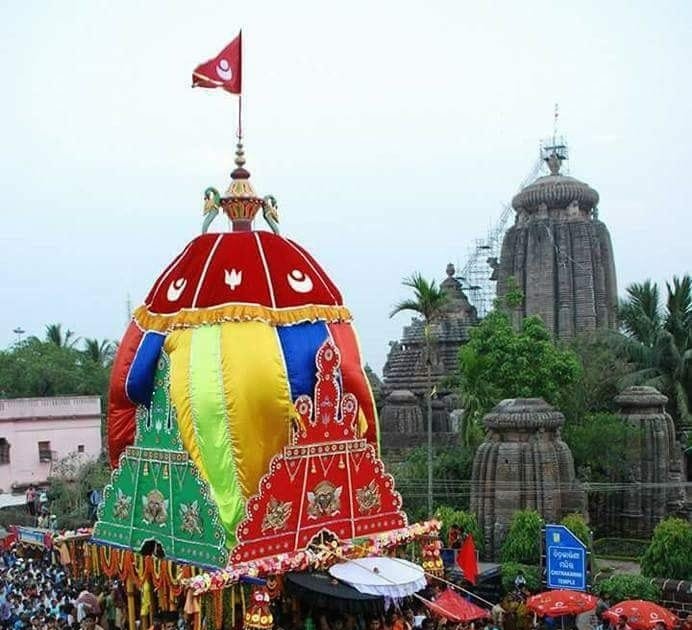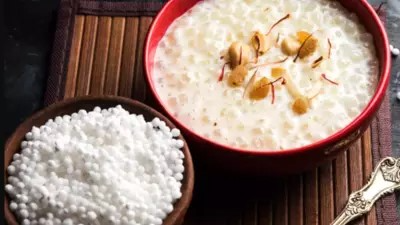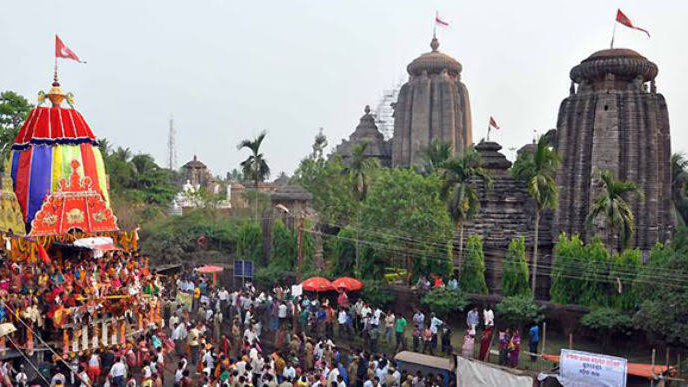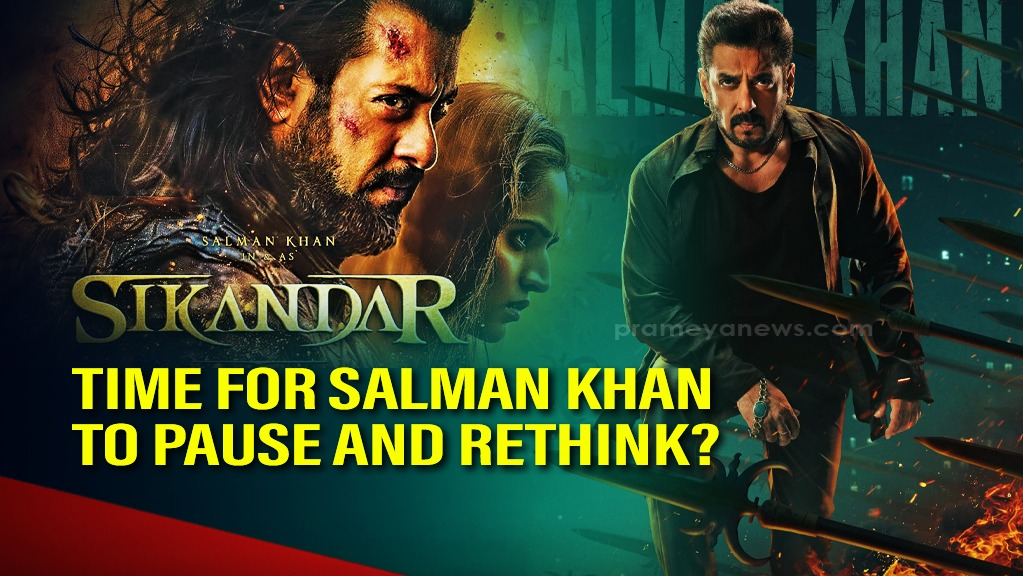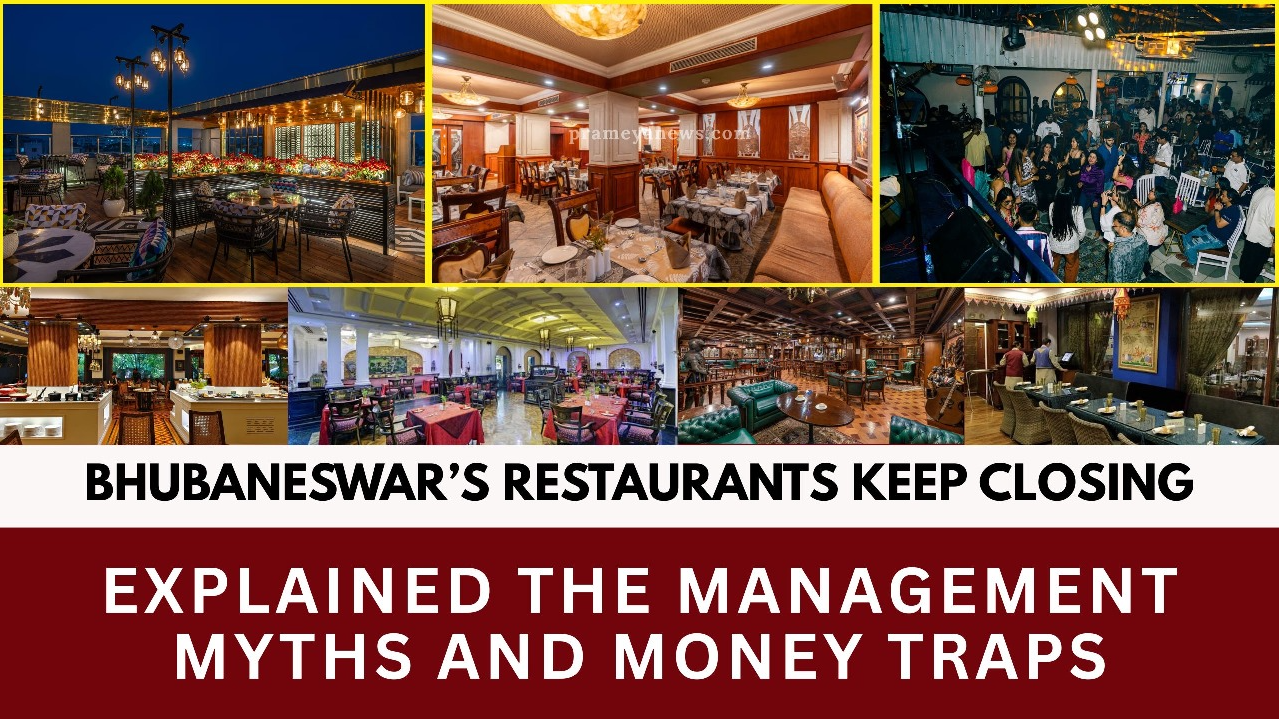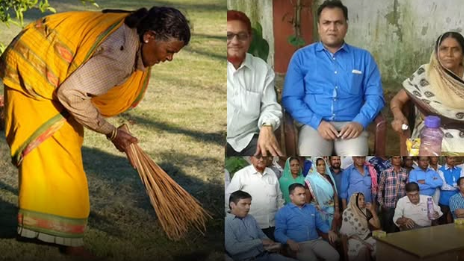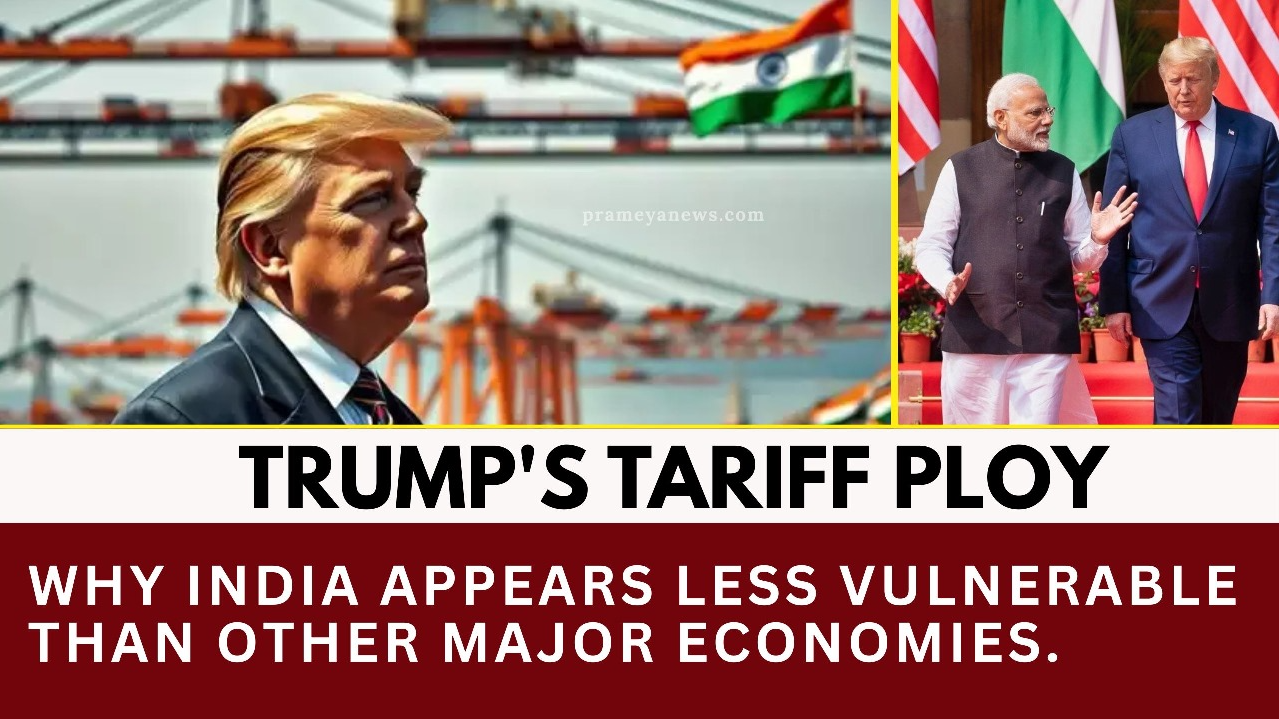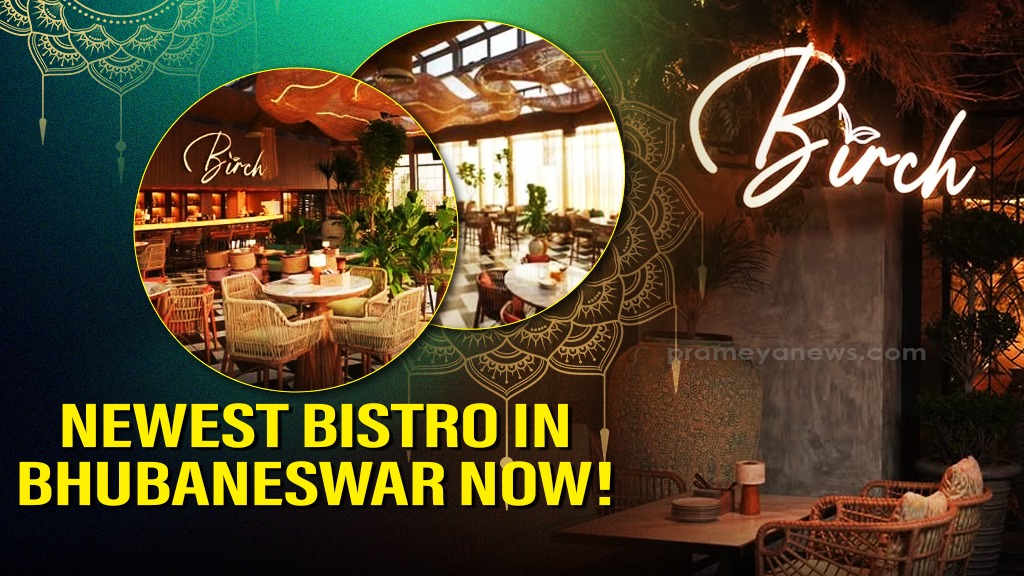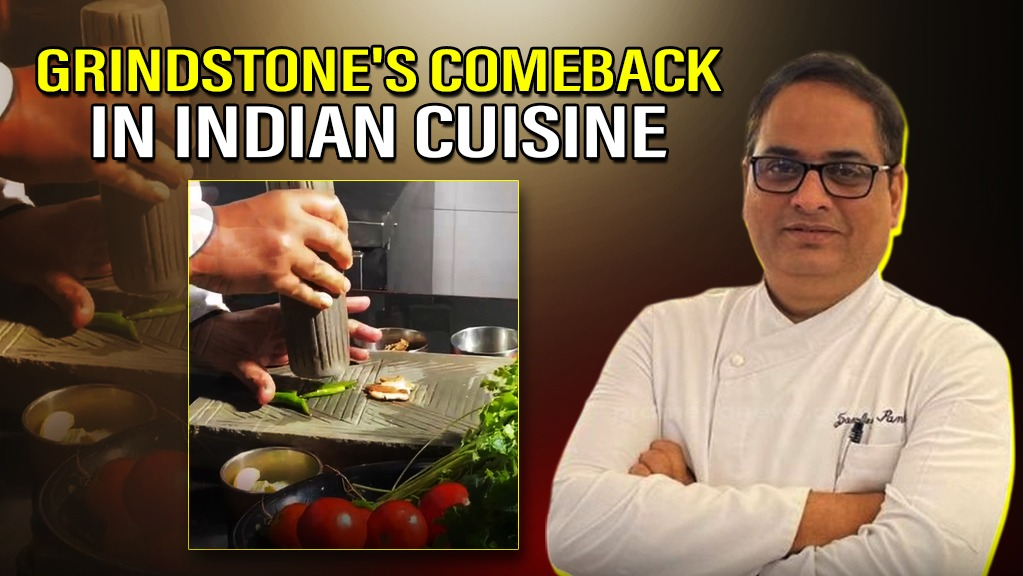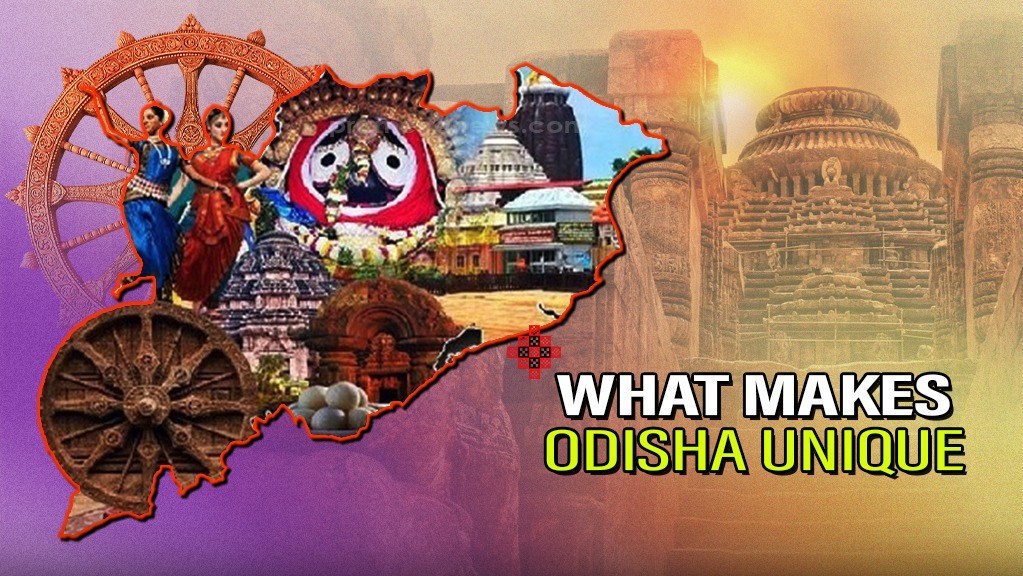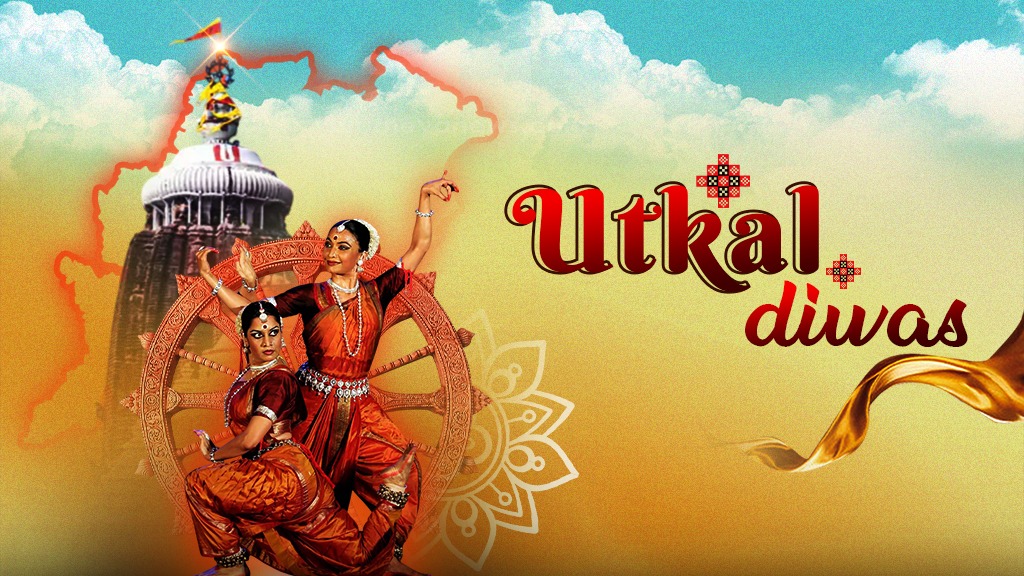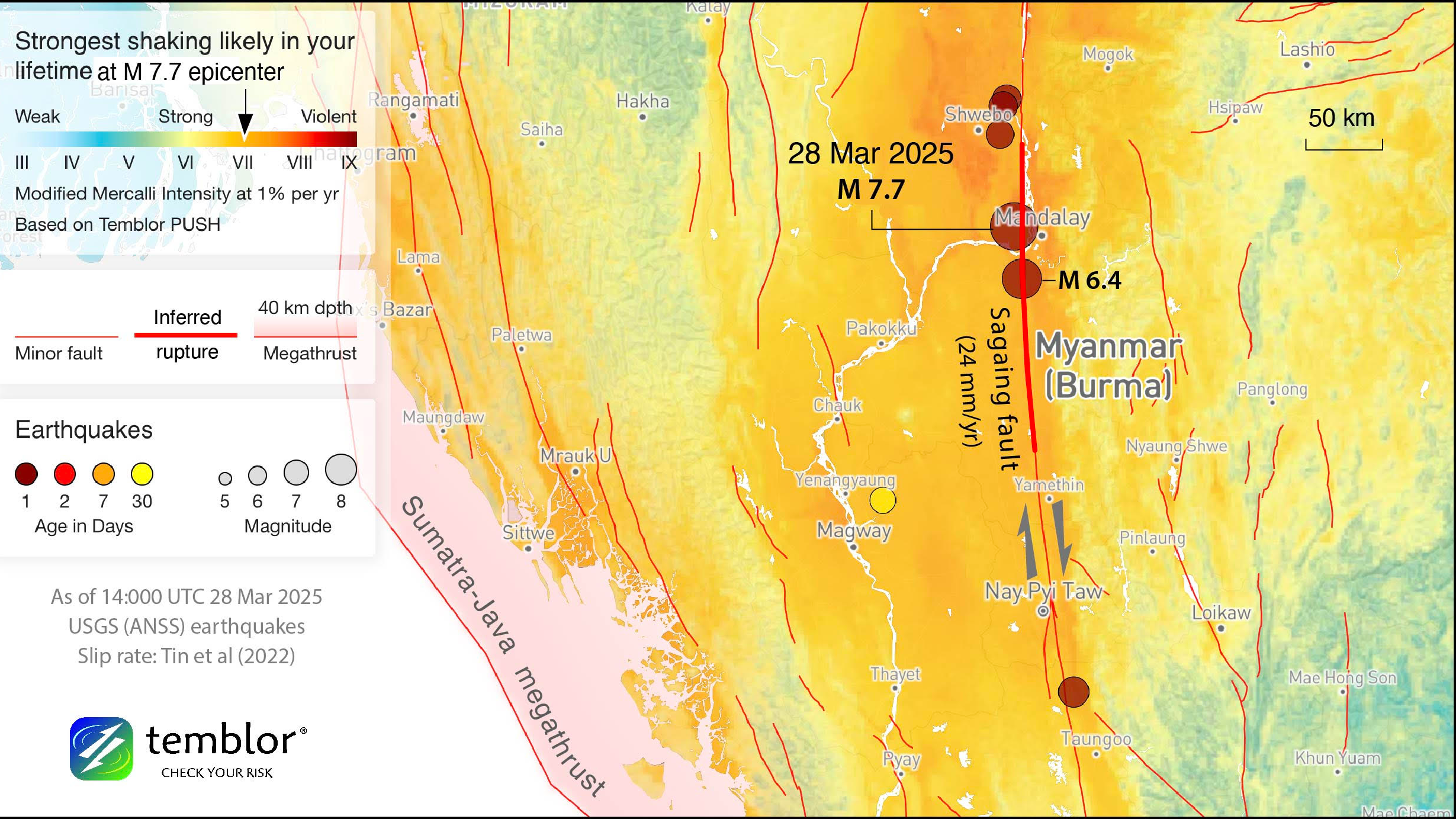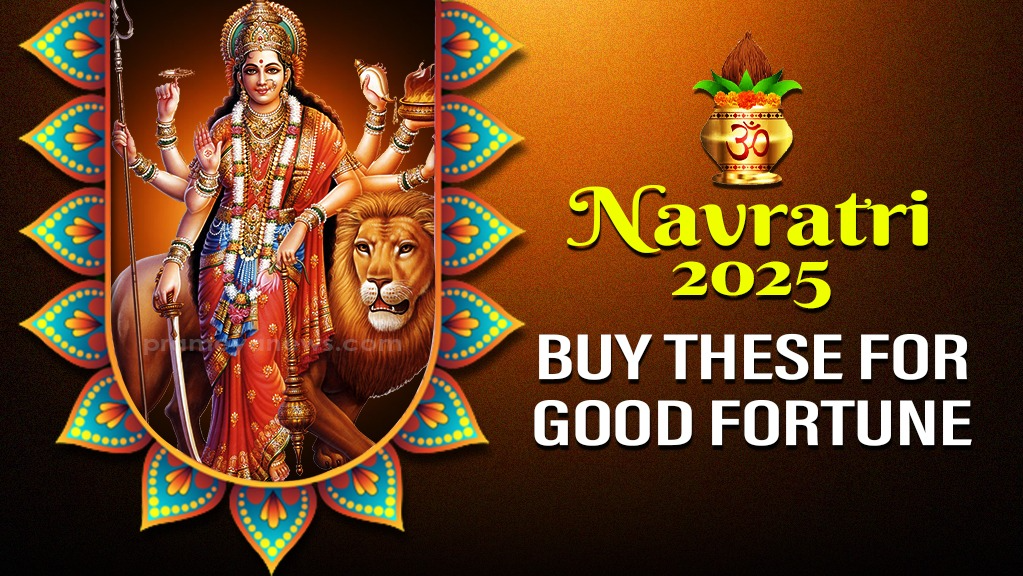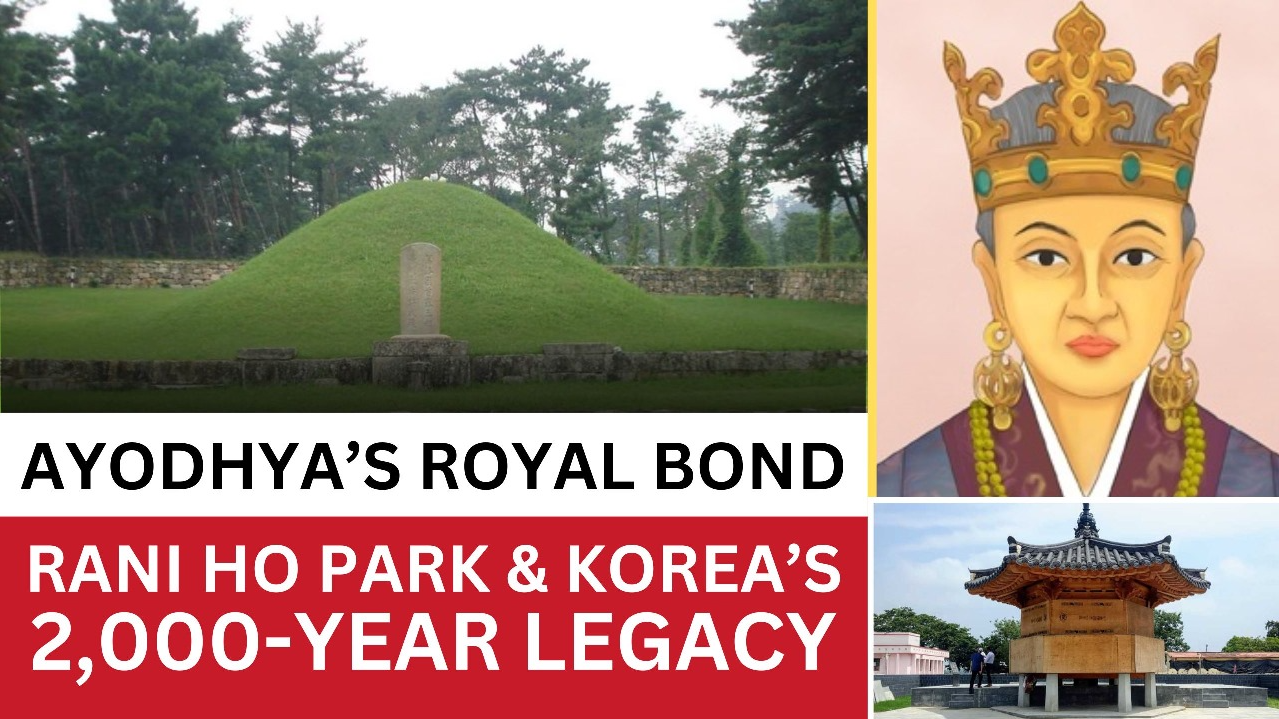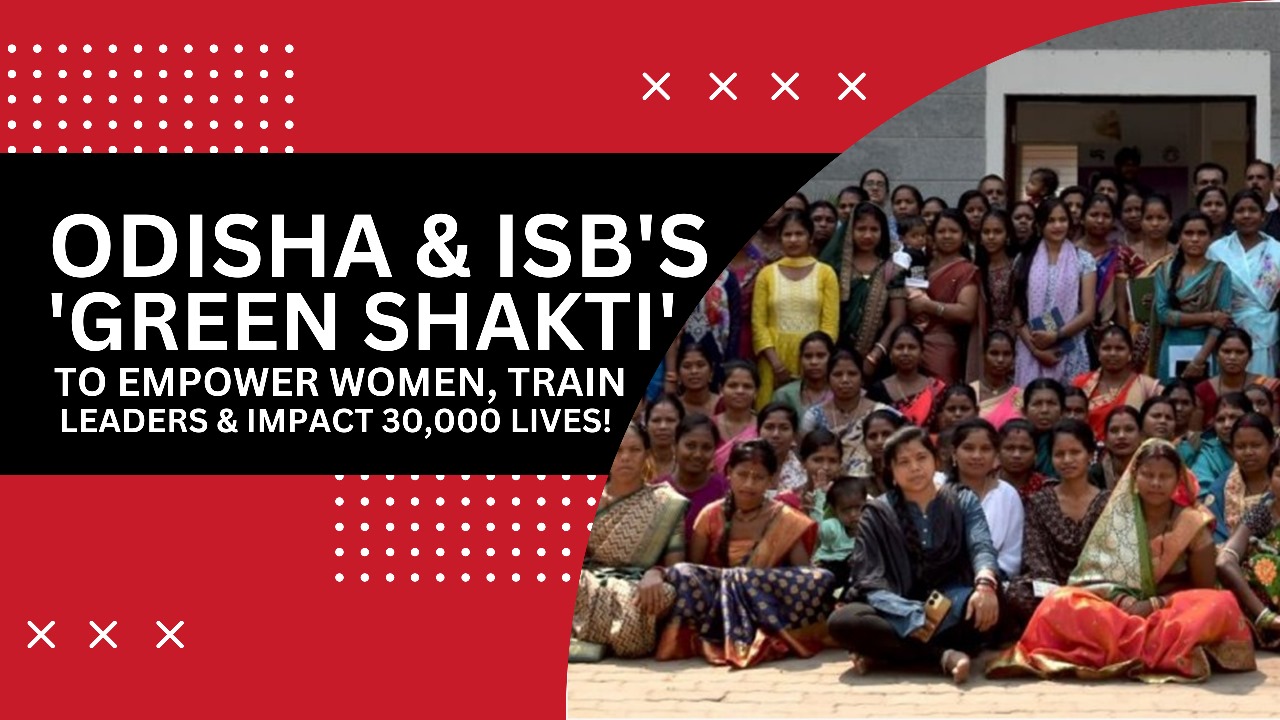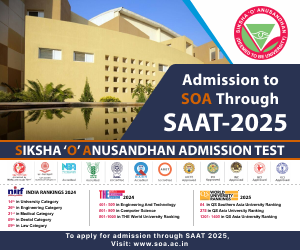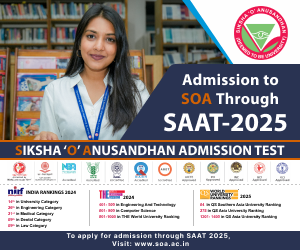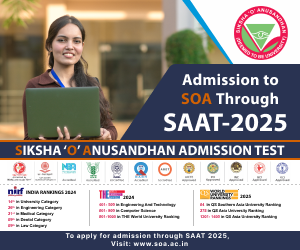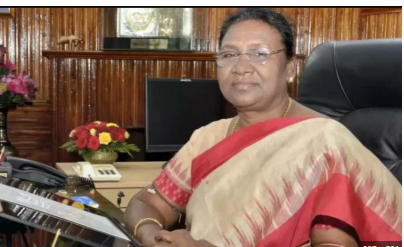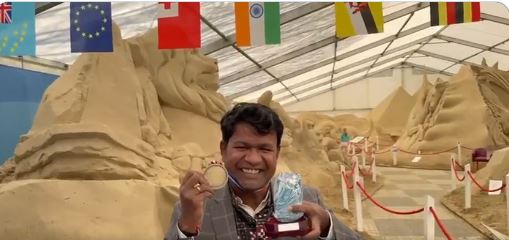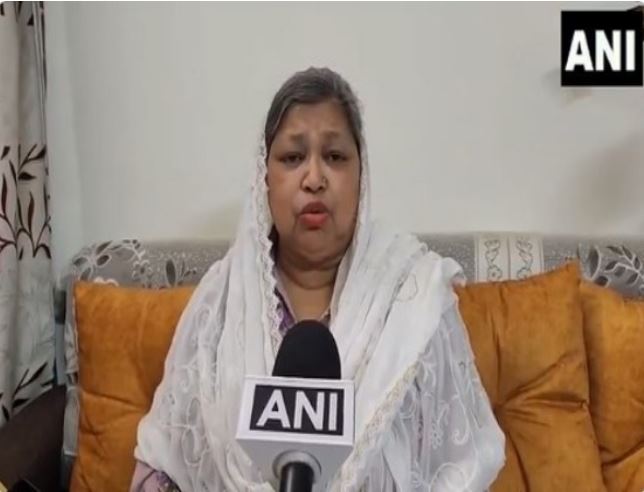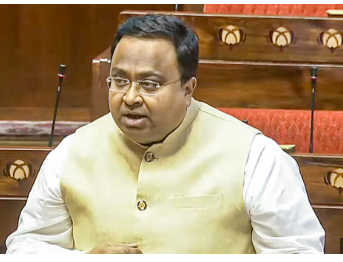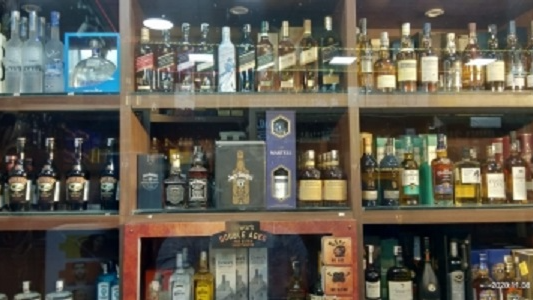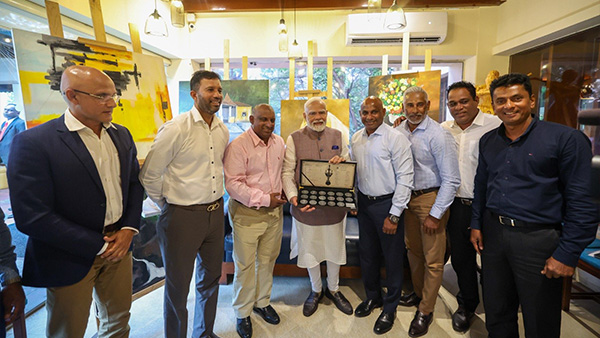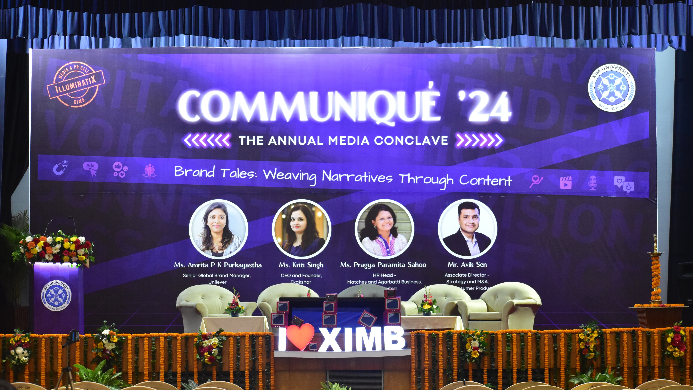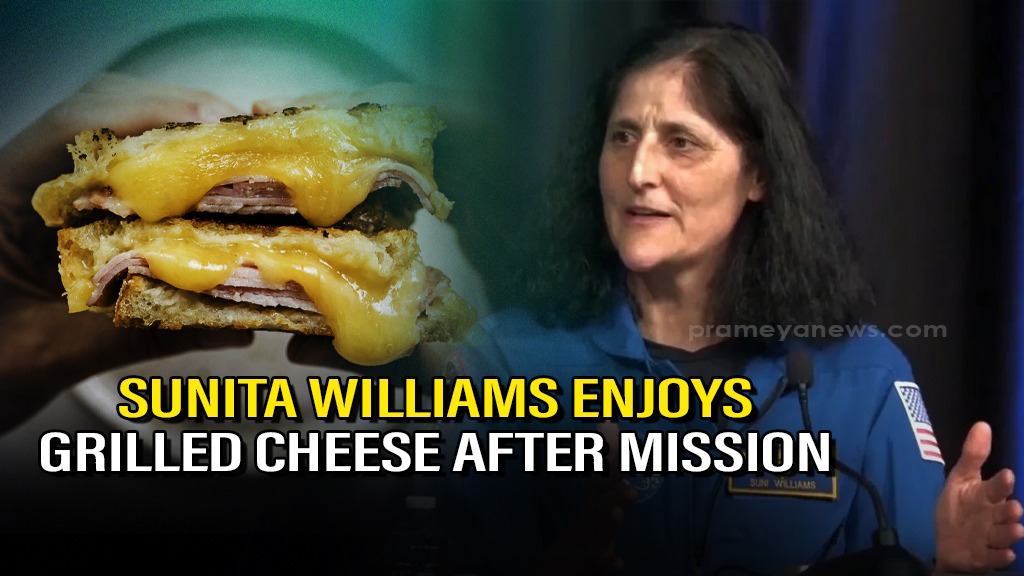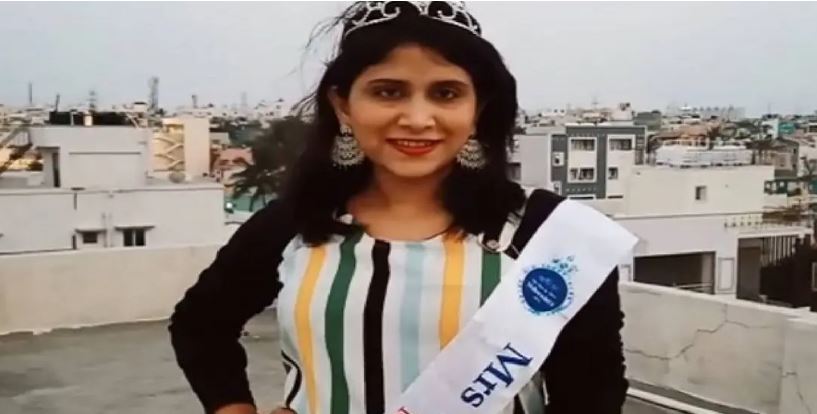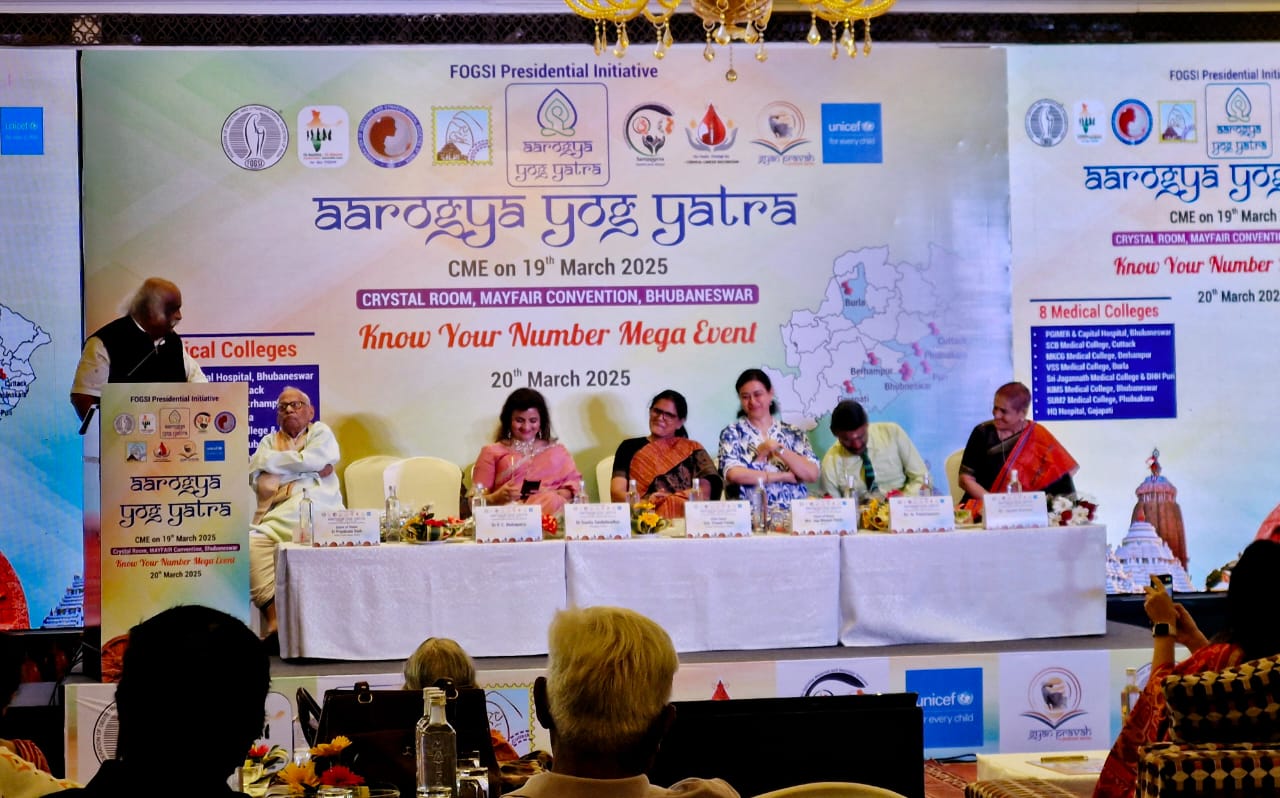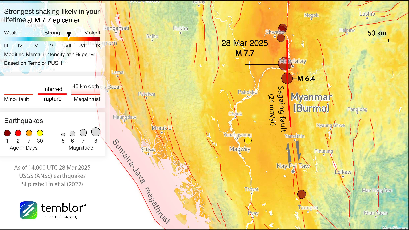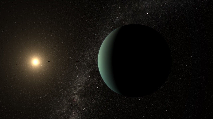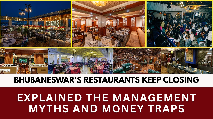Lord Lingaraj's Rukuna Ratha Jatra in Bhubaneswar
As the auspicious occasion of Ashokastami dawns, the ancient city of Bhubaneswar, known scripturally as Ekamra Kshetra, comes alive with profound devotion. This sacred day, dedicated to the divine union of Lord Shiva and Maa Shakti, is marked by one of Odisha's most significant and unique celebrations: the Rukuna Ratha Jatra of Lord Lingaraj Mahaprabhu. It's a time when devotees seek blessings from the 'Remover of Sorrows', Tribhuvaneswara Mahaprabhu, embarking on a festival rich in legend, symbolism, and unwavering faith.
Ekamra Kshetra: The Abode of Lord Lingaraj
More than just the capital, Bhubaneswar has a truly spiritual feel. At its heart stands the magnificent temple of Lord Lingaraj, a self-manifested (Swayambhu) Linga representing the powerful union of Hari (Vishnu) and Hara (Shiva). The city itself, deriving its name from the deity – 'The Lord of the Universe' – serves as a perfect setting for this grand annual event, making it different from Puri's famous Ratha Jatra.
How the Jatra Began
The Rukuna Ratha Jatra unfolds annually on Ashokastami, the eighth day of the bright fortnight in the month of Chaitra. Sacred traditions trace its origins to the time Lord Rama visited Ekamra Kshetra during his exile (Vanavasa). It's believed that Lord Lingaraj, accompanied by Maa Parvati and their sons Kartikeya and Ganesh, journeyed to the Rameswara Temple to greet Lord Rama during his birth anniversary celebrations. This divine procession, undertaken out of love and respect, is commemorated each year through the Rukuna Ratha Jatra. Devotees hold the firm belief that participating in or witnessing this journey, often called the 'Papa Binashakari Yatra', cleanses sins and offers protection from negativity.
The 'Analeuta' Chariot
A defining characteristic of the Rukuna Ratha Jatra lies in its chariot's unique movement. Unlike the chariots in Puri's Ratha Jatra which are turned around for the return journey (Bahuda Jatra), the Rukuna Ratha never turns back. Instead, for the return leg, the deities are repositioned to face the opposite direction, effectively making the chariot's front its back. This practice has given rise to the Odia proverb, "Rukuna Ratha Analeuta" – the Rukuna chariot never reverses course. This symbolises divine strength and dedication to duty (righteous duty), and an unshakeable forward path, reflecting the Lord's steadfast nature.
The Chariot’s Meaning
The chariot itself, known as 'Rukuna', is considered a divine entity, an embodiment of Pruthvi Devi (Mother Earth). Every element holds deep spiritual meaning:
Wheels: The right wheels represent Surya Deva (the Sun God), symbolizing energy and light, while the left wheels embody Chandra Deva (the Moon God), representing coolness and reflection.
Horses: The four horses pulling the chariot are not mere animals but representations of the Four Vedas, each signifying different aspects of cosmic knowledge and duty: Rig Veda (speed and energy), Yajur Veda (fruits of devotion), Sama Veda (spiritual rhythm), and Atharva Veda (justice and consequence). These divine steeds are invoked through sacred mantras.
Charioteer: The role of the charioteer (Sarathi) is fulfilled by none other than Lord Brahma, the creator deity, guiding the cosmic journey.
Energy: The chariot's divine energy is believed to be sanctified by Maa Gayatri Devi.
Sacred Rituals and the Grand Procession
Before the journey commences, intricate rituals sanctify the chariot. A 'Panchopachara Puja' (five-step worship) is performed for the wheels (Chakras), followed by prayers offered to the horses, the charioteer Brahma, and Pruthvi Devi. Only after these invocations does the procession truly begin.
The air vibrates with the sounds of conch shells (shankha dhwani), bells (ghanta nada), and chants of "Har Har Mahadev" as the representative idols (Chalanti Pratima) of Lord Lingaraj (as Chandrashekhara), Gopalini (Parvati), and Kartikeya make their ceremonial exit from the temple sanctum. This grand procession, known as 'Pahandi Bije', sees the deities carried towards the waiting chariot. Accompanying them is the vigraha (idol) of Shuladhari Nandi, Lord Shiva's loyal mount, placed reverently at the chariot's base.
Where the Journey Ends
The procession culminates at the Rameswara Temple, affectionately known as the 'Mausi Maa Temple' (Aunt's House). Here, Lord Lingaraj is symbolically received by Lord Rama and his brothers, believed to reside in nearby ancient temples. This meeting transcends mere ritual; it represents a celestial reunion rich in divine friendship, cosmic duty, and profound love between deities. Parallels are drawn to Puri's traditions, where a divine leela (playful act) occurs involving Maa Parvati expressing displeasure at being left behind, adding a touch of relatable divine emotion to the grand spectacle.
More than Tradition
The Rukuna Ratha Jatra is far more than an annual tradition. It stands as a vibrant expression of Bhakti (devotion), a living example to the principles of Sanatana Dharma, and a celebration of the deep connections between the devotee and the divine, mirroring the bonds within families and the cosmos itself. As the Rukuna Ratha proceeds on its unwavering path, it carries the collective prayers of thousands, seeking liberation from sorrow and the bestowal of divine grace from Mahaprabhu Tribhuvaneswar.
Picture courtesy: Navrang India







